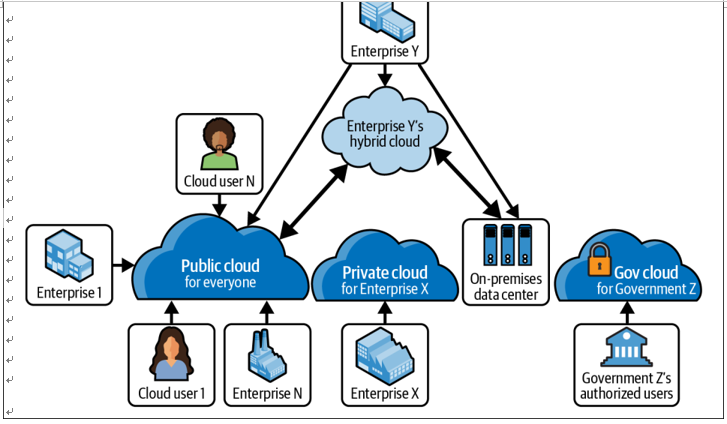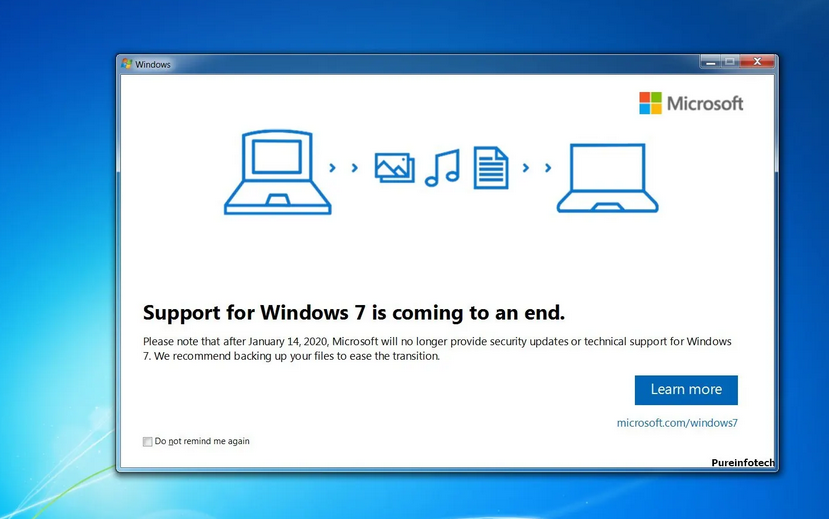Cloud deployment models – Introduction to Serverless on AWS
Cloud deployment models
As cloud services gained momentum thanks to the efforts of companies like Amazon, Microsoft, Google, Alibaba, IBM, and others, they began to address the needs of different business segments. Different access models and usage patterns started to emerge (see Figure 1-2).

Figure 1-2. Figurative comparison of different cloud environments
These are the main variants today:
Public cloud
The cloud service that the majority of us access for work and personal use is the public cloud, where the services are accessed over the public internet. Though cloud providers use shared resources in their data centers, each user’s activities are isolated with strict security boundaries. This is commonly known as a multitenant environment.
Private cloud
In general, a private cloud is a corporate cloud where a single organization has access to the infrastructure and the services hosted there. It is a single-tenant environment. A variant of the private cloud is the government cloud (for example, AWS GovCloud), where the infrastructure and services are specifically for a par‐ ticular government and its organizations. This is a highly secure and controlled environment operated by the respective country’s citizens.
Hybrid cloud
A hybrid cloud uses both public and private cloud or on-premises infrastructure and services. Maintaining these environments requires clear boundaries on secu‐ rity and data sharing.
Enterprises that prefer running their workloads and consuming services from multiple public cloud providers operate in what is called a multicloud environment. We will discuss this further in the next chapter.
The Influence of Running Everything as a Service
The idea of offering something “as a service” is not new or specific to software. Public libraries are a great example of providing information and knowledge as a ser‐ vice: we borrow, read, and return books. Leasing physical computers for business is another example, which eliminates spending capital on purchasing and maintaining resources. Instead, we consume them as a service for an affordable price. This also allows us the flexibility to use the service only when needed—virtualization changes it from a physical commodity to a virtual one.
In technology, one opportunity leads to several opportunities, and one idea leads to many. From bare VMs, the possibilities spread to network infrastructure, databases, applications, artificial intelligence (AI), and even simple single-purpose functions. Within a short span, the idea of something as a service advanced to a point where we can now offer almost anything and everything as a service!
